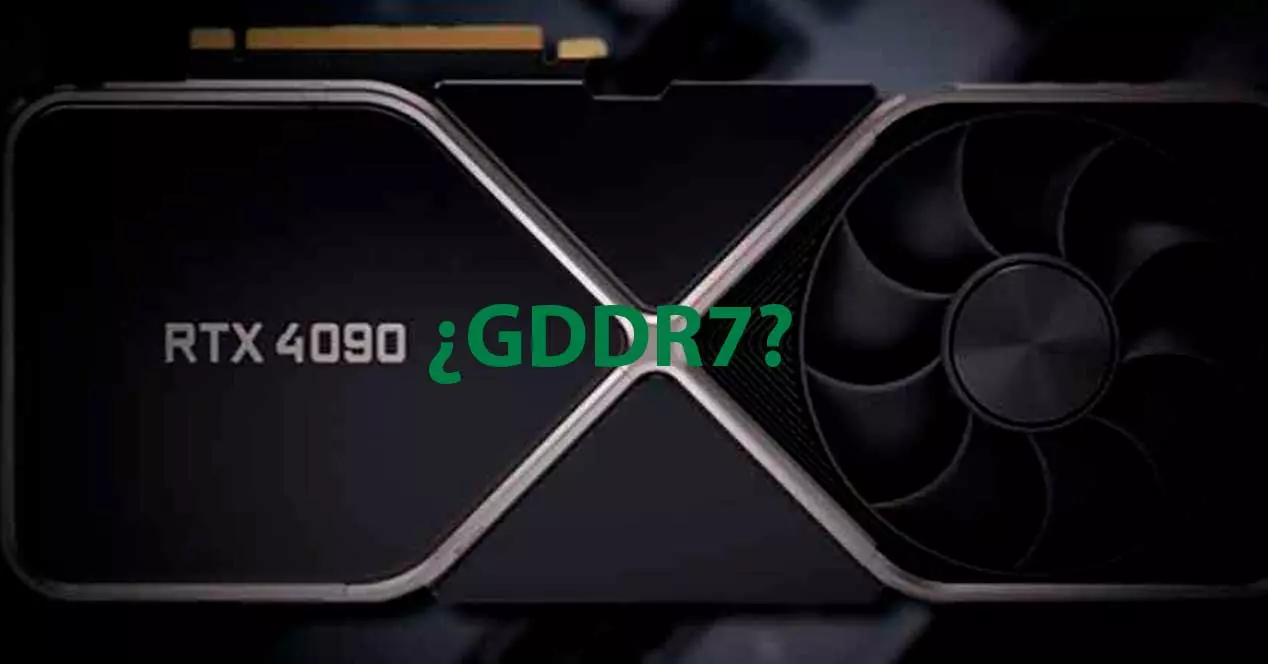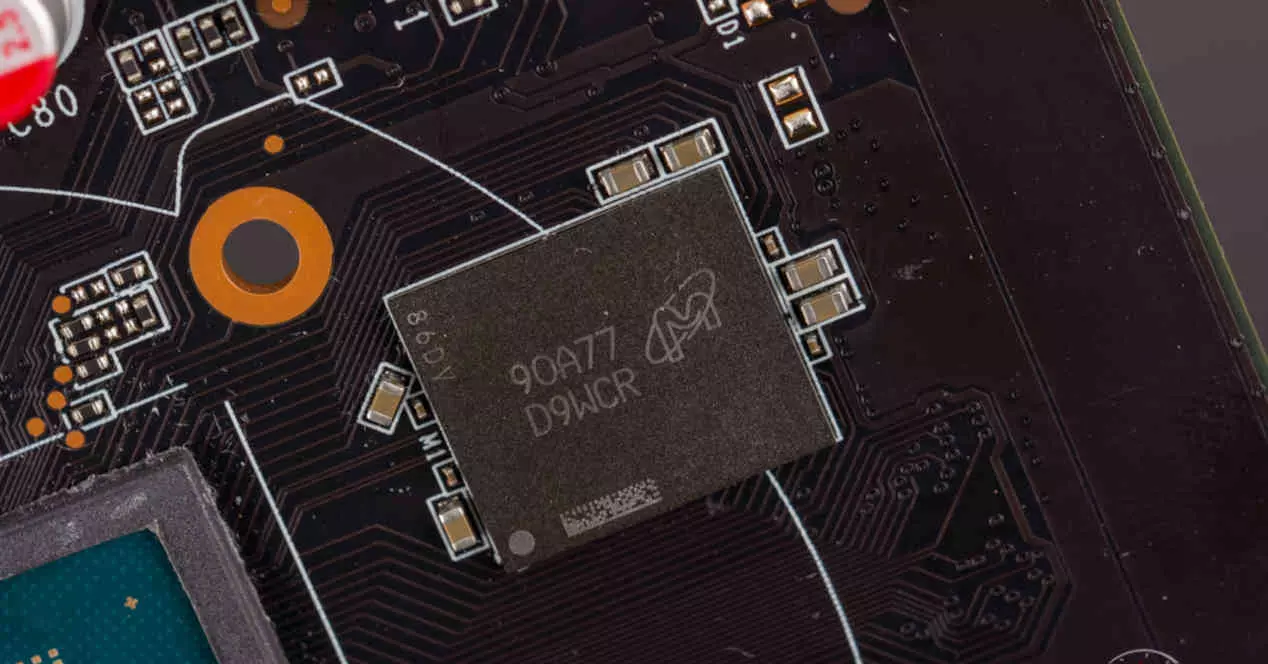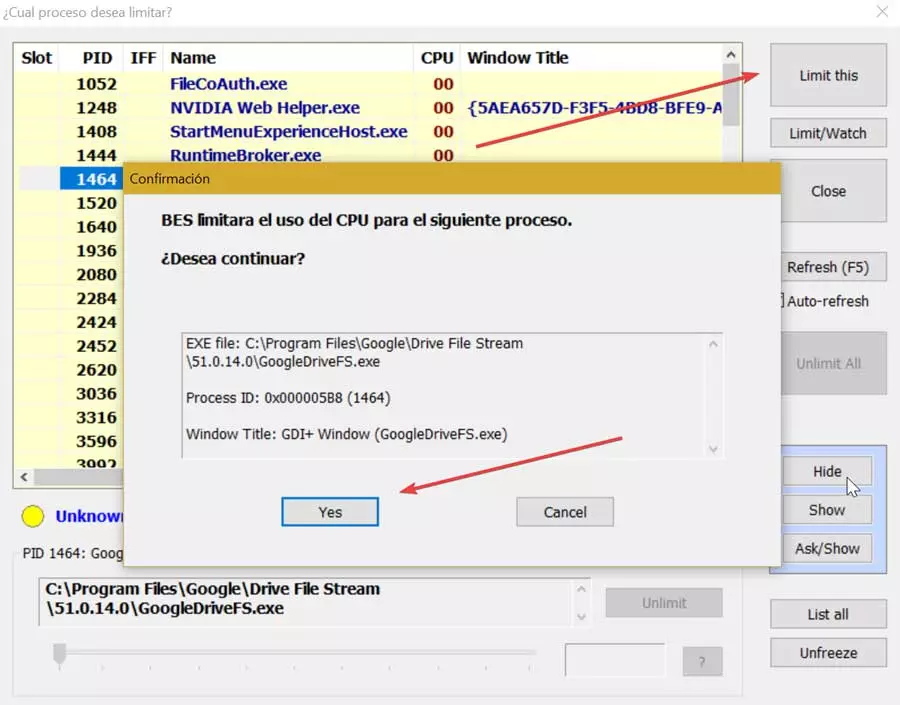
The new NVIDIA and AMD GPUs have not been released, but if the leaks are correct (and everything leads us to believe that they will be), the memory bandwidth is again in check due to the increase in power, and with it performance. Therefore, both companies are going to choose to improve their architectures while waiting for Samsung to finish its GDDR7 VRAM and above all, for the JEDEC to approve the standard. When will it hit the market for use by NVIDIA and AMD?
The history of GDDR memory is almost written in stone, where all manufacturers try to be the fastest to implement improvements in it, since the JEDEC is taking its time between version and version. The last one that is yet to come represents even more risks for electronics, since as VRAM it must break with current standards and take a step forward.
GDDR7 VRAM, delays and very little information available
The JEDEC has hardly shown the changes that it intends to introduce and those that arrive come from third-party companies that are working on creating the first products under this type of memory. Samsung was the first to show brief hints at its Tech Day 2021 and the little they commented on was a speed of 32Gbps and a new real-time error protection feature that looks more like a part of the JEDEC standard than an implementation of it under your terms.
The size per chip was not discussed, which leaves serious doubts as to whether the current size will be maintained or they can scale for said speed. That said, we have found what we understand will be parts of the final draft for this type of memory, although we cannot confirm it 100% either, but they are a series of concepts that could be implemented by more manufacturers.
The first draft for GDDR7, what data is there interesting?
We are not going to paste the entire list for obvious reasons, but we are going to cover key points that we consider interesting and that both Samsung and Micron will surely end up adding to their VRAM modules:
- Supports 4 separate independent channels with point-to-point interface for data, address, and command.
- Support double data rate (RDD)
- Supports operation in mode pseudochannel.
- Supports programmable read/write latency.
- Supports grouping of banks and them 16 internal banks per channel.
- Support command address, WCK2CKreading and writing training mode.
To these novelties, which we insist, could be implemented by Samsung, Micro or SK Hynix if this were the case, others would have to be added that have been confirmed within the standard and that all of them have to respect, such as:
- Constant monitoring of the behavior of the GDDR7 as VRAM.
- Protocol check.
- Faster validation of drafts for the JEDEC specification.
There is no more relevant data at the moment, but what we do know is that it is slightly delayed and that the rumors of the implementation of this type of VRAM for the RTX 40 and RX 7000 will not arrive, so we will have to wait at least one more year, and hopefully, to see it in the hypothetical RTX 4090 Ti or perhaps the next TITAN.





